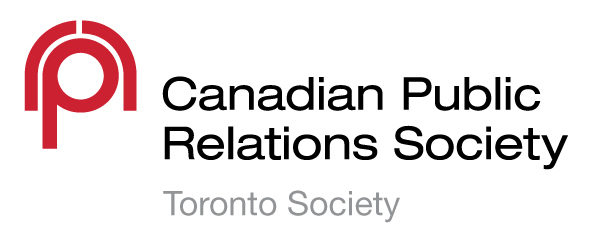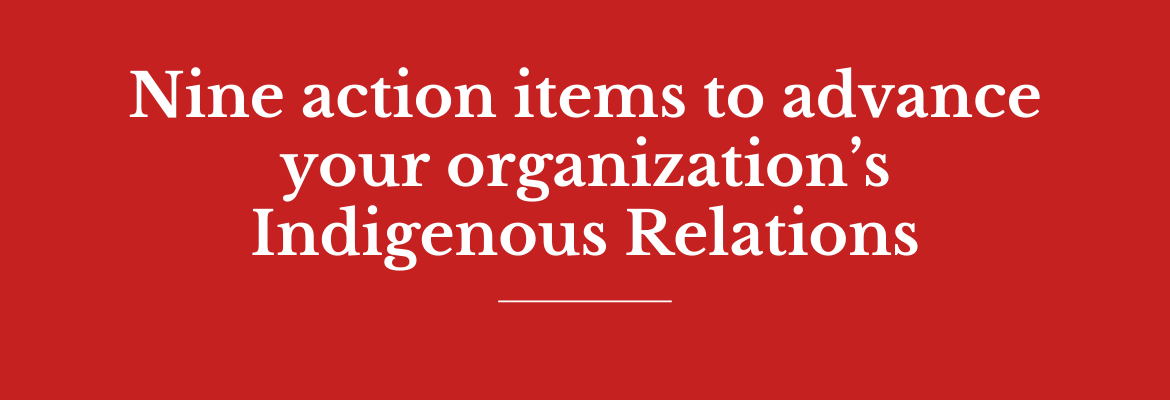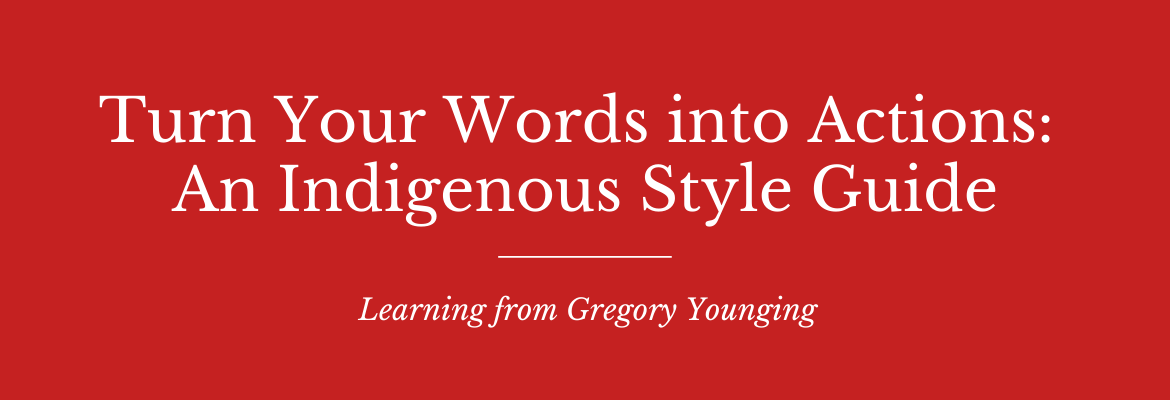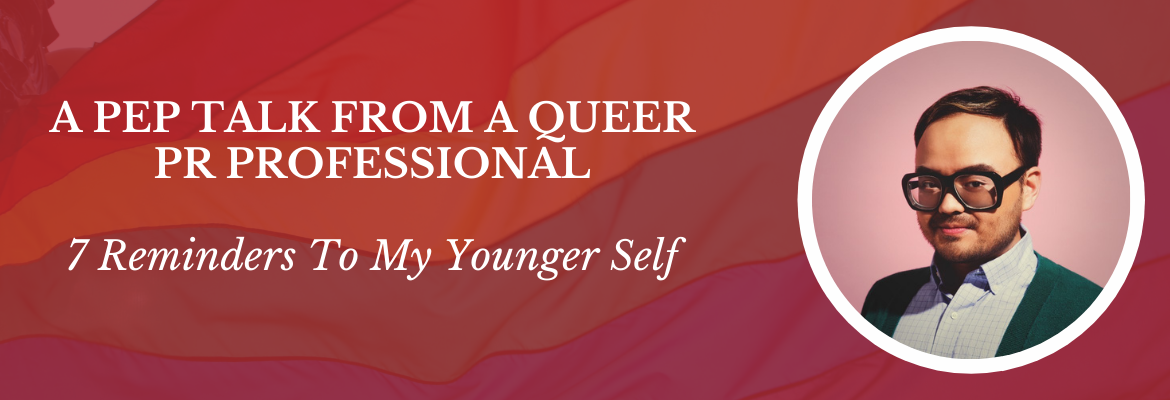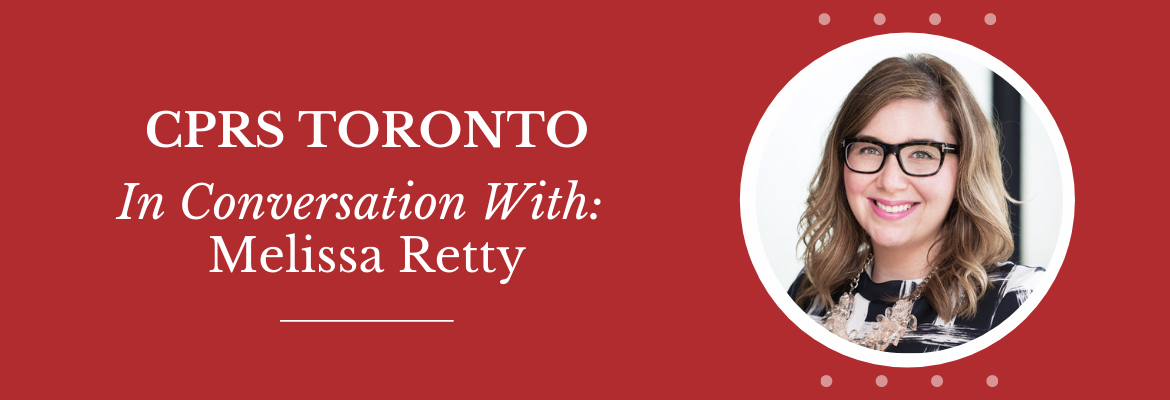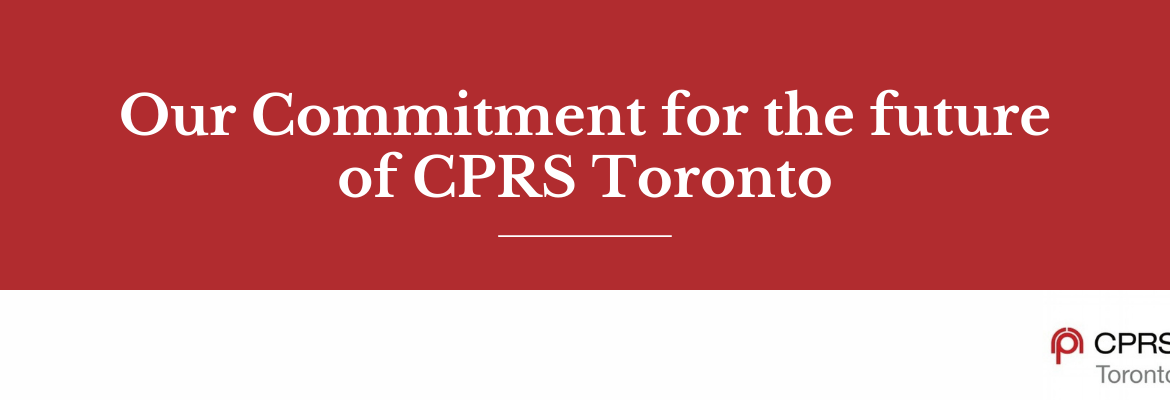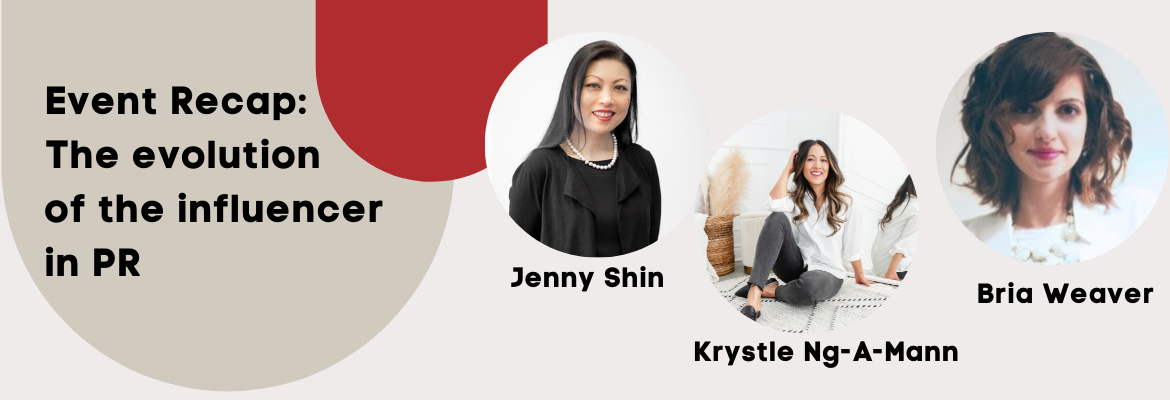Written By: Kate Morris, with research by Palweet Kaur Parmar, Edouard Madirisha and Julia Thivièrge.
Much of the discussion about diversity, equity and inclusion centres around boosting and listening to voices of people of colour and this also includes Indigenous Peoples. As part of our Centennial College PR project for The Communicators’ Collective, a group of professional communicators dedicated to diversity, equity and inclusion in the field, we interviewed a number of Indigenous communications professionals about their experience and how communications can facilitate Indigenous relations. What we heard from many of those communicators is that the implicit goal of listening is to work against confirmation-bias, against living in an echo chamber or worse, of seeking out collaborators who will confirm what you want to hear in consultation and community work.
It’s great to see organizations’ recent desire to create a more diverse workforce and one that includes Indigenous Peoples, but where should they begin? Are leaders and staff adequately trained in cultural-competency, anti-racism, and cultural-safety? To ensure a healthy and safe working environment for people of colour, organizations will have to begin by training existing staff and changing the culture of the organization. Here are nine resources that, once implemented, will go a long way to determining the success of your organization’s efforts.
1. Hire Indigenous.
Education and employment gaps exist between Indigenous and non-Indigenous people in Canada as outlined in the Truth and Reconciliation Commission and Calls to Action 7 through 12. These inequities disproportionately impact employment opportunities and outcomes for Indigenous Peoples.
Through Miziwe Biik Aboriginal Employment and Training in Toronto, employers work with a job developer who assists them in understanding the position and providing alternative ways for potential Indigenous employees to apply and be considered. This route assures they will be considered based on alternative criteria, and more importantly, they will not be excluded based on any arbitrary criteria that is automatically used by many organizations and their HR software programs. Miziwe Biik hosts job fairs and info sessions inviting potential employers to engage with interested community members. Employers can also apply for grants to create Indigenous positions. Indigenous employment services exist across Canada to support, guide and create new opportunities for potential Indigenous employees and remove any barriers to entry.

Miziwe Biik’s logo teepee created for an event held by Council Fire. / Savanna Chiblow
2. Provide Cultural-Competency Training for staff and leaders.
Education is a central pillar in the Truth and Reconciliation (TRC) Calls to Action. But most employees have completed their formal education and won’t benefit from the revisions in education in place for the youth of today. How are adults going to get re-educated? Employers can play a key role in educating their workers about Indigenous culture.
Bob Joseph, who wrote the award-winning book 21 Things You May Not Know About the Indian Act, hosts a suite of courses and workshops through his company Indigenous Corporate Training Inc. His clients include Fortune 500 companies, SMEs, government and Indigenous Peoples. Joseph’s warm attitude towards Indigenous education and his depth of knowledge as a hereditary chief in the Gayaxala clan make him an impressive teacher. Beginner offerings include Indigenous Awareness, Indigenous Relations and Working Effectively with Indigenous Peoples. For those looking to enhance their knowledge, there are classes on Indigenous recruitment and retention, negotiation and the UN Declaration of the Rights of Indigenous Peoples.
Indigenous Friendship Centres were created to form professional ties between Indigenous and non-Indigenous entities in many provinces and territories. Friendship centres offer a range of training from relationship building to directly targeting the TRC’s Calls to Action. Some offer tailored training for various sectors, such as education, private enterprise and government.
3. Engage Cultural-Safety and Anti-Racism Trainers.
San’yas Indigenous Cultural Safety Training educates people working with Indigenous Peoples as employees, partners, customers or any other kind of ‘stakeholder’. The aim is to make it safe for Indigenous Peoples to share their experiences without fear of further injury or a lack of understanding.
For organizations working on diversity, equity and inclusion initiatives more broadly, the Canadian Race Relations Foundation hosts Anti-Racism Workshops and the Canadian Centre for Diversity and Inclusion has various resources for ending racism in the workplace.
4. Read the Truth and Reconciliation Calls to Action.
Many communicators we interviewed requested business leaders, and Canadians at large, read the Calls to Action with an eye towards any actions specific to their area of work such as the recommendations for children and youth, sports, education, the arts, media, healthcare, policing and law.
Further, recommendation 92 “Adopt the UN Declaration of the Rights of Indigenous Peoples” applies to all corporations in Canada and any of their actions that affect Indigenous Peoples, their land and resources. Through this Call to Action, organizations commit to consultation; relationship building; free, prior and informed consent on any project or initiative. It also commits organizations to providing equitable access to jobs, training, educational opportunities and the long-term benefits of economic development.
5. Pursue Progressive Aboriginal Relations (PAR) with the Canadian Council for Aboriginal Business (CCAB).
The CCAB offers a Progressive Aboriginal Relations program for all organizations, whether they are starting fresh or working with strong foundations in Indigenous relations. PAR formalizes the credibility and value of the organization’s accomplishments after a PAR Working Group is established, comprising members from various organizational departments including but not limited to those most-closely involved in Indigenous-lead or Aboriginal Affairs roles. This seven-year program begins with the organization’s commitment to a full gold-level certification of PAR member status in year seven. The PAR logo provides PAR’s unique third-party verification and can be found on many of Canada’s largest banks, energy companies, insurance and accounting firms, technology companies and a number of colleges and universities. Many non-profit organizations have also initiated the PAR process.
6. Be Real about Flex-Time.
Indigenous Peoples celebrate holidays such as National Indigenous Peoples’ Day, summer and winter solstice and other ceremonies within their communities. Shani Gwin of Gwin Communications in Edmonton says one of the ways her Indigenous-led PR firm supports Indigenous and diverse staff is by allowing them to take the holidays they want. This was echoed by Savanna Chiblow, who took NIPD as a holiday from her role as digital communications storyteller and community builder at Miziwe Biik Aboriginal Employment Services in Toronto. Additionally, as Gwin points out, statutory personal days for the purposes of grieving a loved one can be problematic for Indigenous folks. Indigenous families have unique structures, some of which is the result of the history of the treatment of Indigenous Peoples in this country. Many organizations hierarchize the number of days an employee can take off due to a death in the family based on assumptions about those relationships. But these hierarchies unnecessarily favour certain kinds of family relations based on lineage (parent-child) over others (aunt-niece) that might not reflect actual family relationships at all. Today, loss isn’t quantifiable and an employee’s time off should reflect this.
7. Elements of Indigenous Style.
Gregory Younging’s Elements of Indigenous Style: A Guide for Writing By and About Indigenous Peoples is the premium source to confirm you’ve got your words right when it comes to Indigenous relations and representations. Although it avows that there is no simple “tick box” solution to Indigenous communications, because the Indigenous community is itself diverse, it provides key rules or principles for working on content with Indigenous creators. It does so in a way that is edifying and informative: making the case for the rules based on Indigenous history and Indigenous law. Most importantly, it shows a model for working together that is reparative and relationship centred. If you’re a marketing or communications professional, you cannot live without this book. Check out a review here.
8. ATRIS & UNDRIP
The Aboriginal and Treaty Rights Information System (ATRIS) is an online interactive portal that outlines treaty areas and claims, and provides links to the various documents associated with specific communities and their experience of government and the law. When it began in 2012, it was designed as an internal tool for government agencies whose projects affected Indigenous Peoples and therefore required consultation by law. Today the tool is available for public use and can assist in locating band offices and understanding the history of relations, projects and claims in the region.
As the United Nations Declaration on the Rights of Indigenous Peoples (UNDRIP) is adopted, “small c” consultations are predicted to become more important and more frequent as the concept of nation-to-nation projects becomes prevalent, as does the requirement for consent. Understanding the challenges (legal and otherwise) in each community is a good place to research before undertaking operational projects. ATRIS provides an interactive map onto which development, energy and infrastructure projects and initiatives can be mapped, allowing for a more nuanced approach to the land and ideally the Indigenous rights owners of that land.

Screen capture from ATRIS showing details of Kamloops.
9. Listen…and not just for what you want to hear.
In gathering insights for this project, our interviewees reminded us that when we listen our goal is to hear a great many things that make us uncomfortable. Accept that discomfort as a necessary part of un-learning and learning anew. One of our underlying questions was about Indigenous relations, but resoundingly we heard that Indigenous Peoples are diverse in and of themselves and respecting and honouring those differences is important to reconciliation.
-30-
This article was written as part of a Centennial College corporate communications and public relations student-led campaign on Indigenous communications for The Communicators Collective, a group fostering diversity, equity and inclusion in the communications profession. To hear more from Indigenous communicators across Canada, check out this podcast.
Kate Morris is a Corporate Communications and Public Relations Post-graduate student at Centennial College, Intern at Kaiser & Partners (Fall 2021) and Media Relations Lead at MaxSold.
